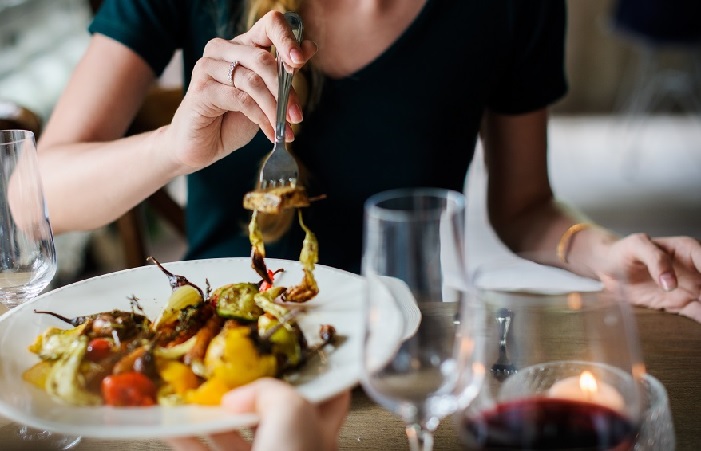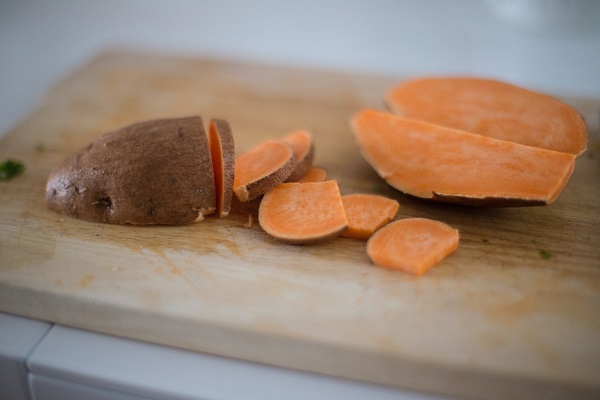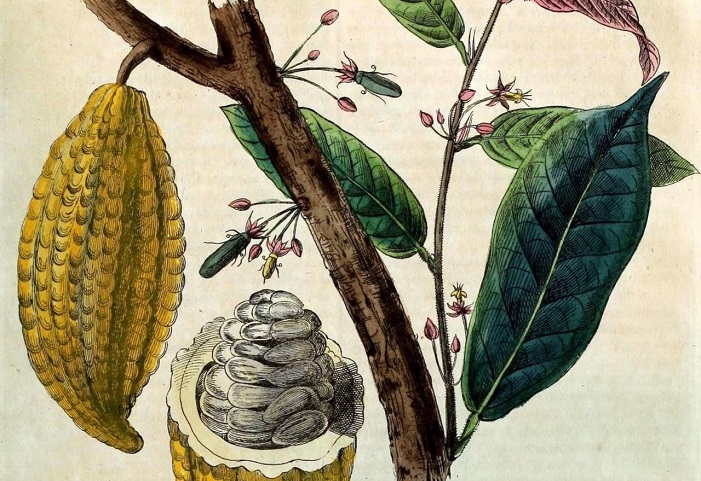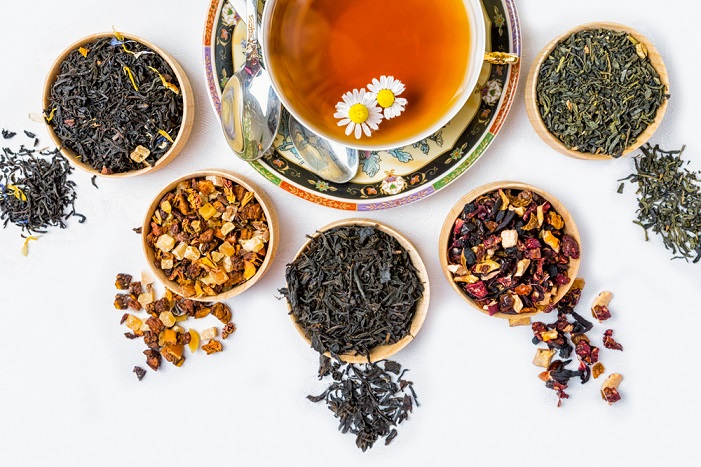SUMMARY
Ready for a crash course in the world of wine? Here’s what you need to know about this popular beverage.
Most of us love the occasional glass of wine.
Whether to complement a delicious meal, relax at the end of the day, or enjoy with your favorite people, there’s no doubting that wine is wonderful. It’s also a massive subject which can be daunting to anyone looking to learn more about it.
Curious about wine but aren’t sure where to start? We’ve broken down some of the basics about wine and wine tasting for you to digest one sip at a time.
Styles of Wines
Wine comes in still, sparkling, and semi-sparkling versions. It can be red, white, pink, and even orange and ranges from bone dry to lusciously sweet and everything in between.
- Still – these are your everyday wines made without carbonation. Made in all colors and levels of sweetness, still wines represent the majority of wines found on the market.
- Sparkling – the delightful bubbly we break out for celebrations, holidays, or just because. Sparkling wines like Champagne get their fizz from a secondary fermentation which takes place inside the wine bottle. There are other methods to put the bubble in your bubbly, but the Champagne method (or methode champenoise) is considered the best.
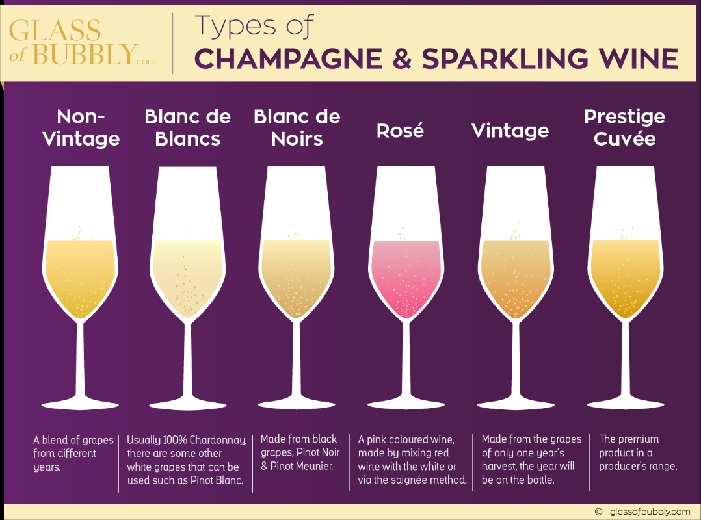
What about color?
Wine color comes from allowing the freshly pressed juice to stay in contact with grape skins. For red wines, the intensity of the color depends on how much time the wine is allowed to be in contact with the skins, the pigment levels of a given grape variety, and the use of extraction methods.
Love pink wine?
The most common way quality rosé gets its blush is through a technique called saignée, or bleeding. Juice from the pressed grapes spends limited time in contact with the skins giving it a tint of color before being bled off. The color variation in different rosés across the world is down to the duration of the juice’s contact with grape skins.
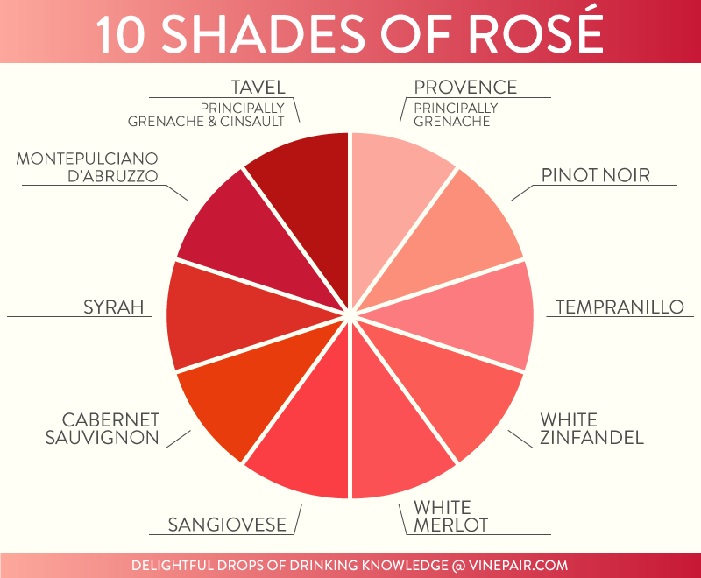
In white wine production, the juice is immediately separated from skins. Orange wine is simply white wine made in the same way as a red, i.e. the juice is left in contact with the grape skins. This also means that orange wines are more tannic than whites and make a great choice for more robust meals.
Components of Wine
To gain a greater understanding of what’s in your wine glass, we should take a look at the major characteristics we experience when wine hits our taste buds.
- Acid – one of the most important characteristics of wine especially when it comes to food pairings, acid cleanses and refreshes your palate. On the tongue, acid is tart, like biting into a green Granny Smith apple. How can you tell a wine’s acidity? By the amount your mouth waters after you take a sip. Wines with higher acidity are perfect for rich, creamy dishes and fatty meats.
- Tannins – tannins are phenolic compounds found in the skins, stems, and seeds of grapes. They have an astringent, or drying effect on the palate and can taste slightly bitter. You’ll mostly encounter tannins in red wines. After pressing the grapes, the juice is left in contact with grape skins and seeds to extract color, flavor, and yes, tannins. Tannin can also be found in wood which means wine aged in barrels may have a slightly tannic character. Serve a high tannin wine with meat.
- Alcohol – most wine hovers between 12-14.5 percent alcohol by volume, but some are as low as 5.5 percent and as high as 20 percent (these are usually fortified dessert styles like Port). High alcohol wines can taste ‘hot’ which is one reason you shouldn’t pair them with spicy foods. You can find the alcohol level of a bottle of wine printed on the label.
- Sweetness – most wines are dry (not sweet), but may still have a touch of residual sugar. Residual sugar is the amount of sugar leftover in a wine after fermentation is completed. It’s measured in grams per liter. This gives wines a soupçon of sweetness and a fuller body. Wine is made across the entire breadth of the sweetness spectrum, with off-dry (slightly sweet) wines making an excellent choice for spicy dishes and meals with a sweeter profile.
- Body – body describes the overall weight of the wine on your palate. It’s a result of alcohol level, residual sugar, the grape variety, and other factors. Wine can be light-bodied (delicate and bright), medium-bodied, or full-bodied (rich and powerful).
Together these structural elements make up wine as a whole. Great wines have each of these elements in harmony with one another, with no one characteristic outshining the others.
Tasting Like a Pro
If you want to develop your tasting skills and give your palate some practice, taste a variety of different wines from around the world. Don’t limit yourself to familiar grapes, styles, or regions. Challenge yourself to drink wines outside of your comfort zone. Think of it as building up a library.
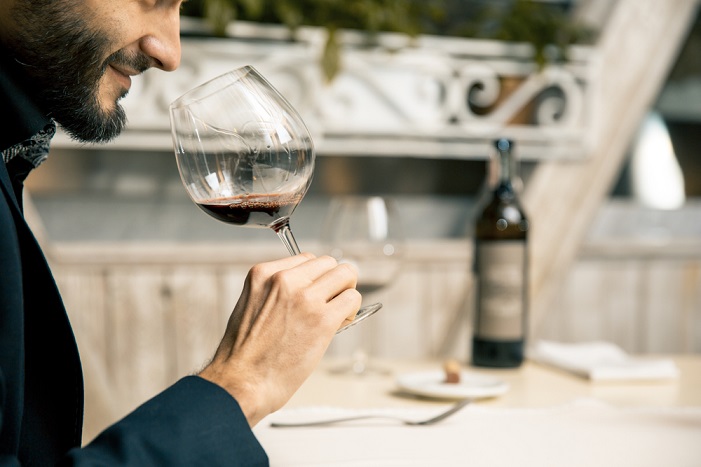
To keep track of what you’re trying, taking tasting notes is an exceptionally useful tool. It’s an excellent way to track how your tasting ability improves over time (and it will). Write down the aromas and flavors you pick up in your glass. Build your wine vocabulary. Take note of the acid, alcohol, sweetness, tannins, body, and whether or not the wine has been oaked. Try wine on its own and with food to see how its structural elements interplay with a dish.
Where to Start
A good place to begin your journey into the world of wine is with popular, easily accessible varietals that are widely available. Think along the lines of Chardonnay, Sauvignon Blanc, Pinot Grigio (also known as Pinot Gris), and Riesling for white wines and Cabernet Sauvignon, Merlot, Pinot Noir, Zinfandel and Syrah for reds. One excellent way to taste and compare different wines is to go to your local wine bar and do a tasting flight. You can also pick up a couple of bottles to share with friends.
There are quite literally thousands of wine grape varieties found all across the globe. Be assured of the fact you’ll never run out of new wines to try.
A Few Final Notes
- Wine is best enjoyed at the correct serving temperature: 40 to 45 degrees for sparkling, 45 to 55 for whites and roses, and 55 to 65 for reds. Serve lighter bodied wines at the lower end of these ranges. Fuller bodied wines show their best at the higher end.
- Glassware does make a difference. These days you’ll find stems especially crafted to suit specific grape varieties. That said, don’t stress if you haven’t the correct glassware on hand. Standard all-purpose wine glasses will have you covered most of the time.
Related: Health benefits of red wine
Remember, wine is food. Don’t overthink it. Sure, there’s a lot to know if you’re interested in really delving into the art and science of wine. But for most, enjoying wine comes down to knowing what grapes and styles you prefer and perhaps having an idea of what dishes and cuisines they complement. More than that, a bottle of wine becomes truly spectacular when shared with great company.
Fresh N Lean is the nation’s largest organic meal delivery service. Our tasty, chef-prepared cuisine is always fresh and never frozen, and we offer convenient meal plans like Protein+, Keto, Paleo, Standard Vegan and Mediterranean. Choose Fresh N Lean for affordable nutrition, delivered to your doorstep.

